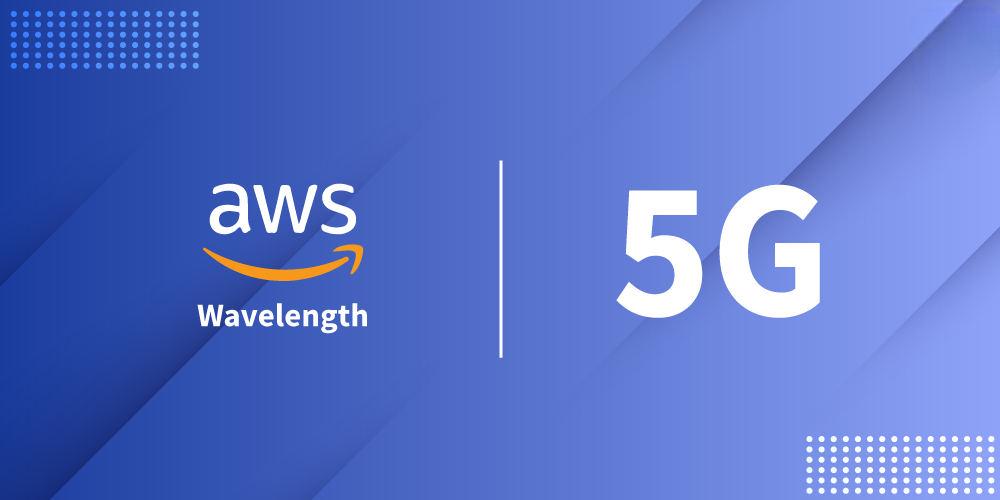Introduction
The demand for ultra-low latency applications has become paramount in this technological era. As industries embrace technologies like the Internet of Things (IoT), augmented reality (AR), and virtual reality (VR), the need for real-time processing and minimal latency has never been more crucial. Amazon Web Services (AWS) has stepped up to address this demand with a remarkable solution --- AWS Wavelength.
A Clear Understanding of AWS Wavelength
AWS Wavelength is a game-changing offering that brings AWS services to the edge of the 5G network, minimizing the latency between end-users and applications. By integrating AWS Wavelength with telecommunication providers' 5G networks, AWS enables developers to deploy applications that require single-digit millisecond latencies directly at the edge of the 5G infrastructure.

How AWS Wavelength Works?
AWS Wavelength operates by extending AWS infrastructure to telecommunication providers' data centers. This strategic placement allows developers to deploy their applications and services close to 5G networks, significantly reducing the round-trip time for data to travel between the user device and the application. This architecture is particularly advantageous for applications demanding ultra-low latencies, such as real-time gaming, video analysis, and autonomous vehicles.
Benefits of AWS Wavelength
Some important benefits are as follows:
Ultra-Low Latency
AWS Wavelength delivers ultra-low latency by minimizing the physical distance between end-users and the deployed applications. This ensures that data traverses the shortest possible path, resulting in near-instantaneous response times.
Enhanced Performance for Latency-Sensitive Applications
Applications like AR, VR, and gaming require instantaneous data processing for a seamless user experience. AWS Wavelength's proximity to 5G networks ensures these applications perform optimally, meeting user expectations for responsiveness and interactivity.
Improved Reliability
The decentralized nature of AWS Wavelength enhances the reliability of applications. In the event of a failure in one part of the network, the distributed architecture ensures that other Wavelength zones continue to function seamlessly, reducing the risk of service interruptions.
Scalability
AWS Wavelength seamlessly integrates with existing AWS services, providing developers with the scalability and flexibility needed to meet growing demands. Applications can scale horizontally across multiple Wavelength zones to handle increasing workloads.
Deploying Applications with AWS Wavelength
Developers can leverage AWS Wavelength by extending their existing AWS infrastructure to the edge. By utilizing AWS Wavelength APIs and SDKs, applications can be configured to deploy resources seamlessly within Wavelength zones. This integration enables developers to build and deploy applications that harness the power of 5G networks without the complexities of managing the underlying infrastructure.
Ensuring Security and Compliance
AWS Wavelength prioritizes security and compliance by extending AWS's robust security measures to the edge. Developers can leverage AWS Identity and Access Management (IAM) to manage access and permissions, ensuring that sensitive data remains secure. Additionally, AWS Wavelength adheres to industry compliance standards, providing a secure environment for deploying latency-sensitive applications.
Conclusion
In this digital era, the need for ultra-low latency applications has become a driving force for innovation. AWS Wavelength emerges as a pivotal solution, bridging the gap between cloud computing and 5G networks to deliver unprecedented performance for latency-sensitive applications.
By strategically placing AWS infrastructure at the edge, developers can unlock new possibilities in areas such as gaming, AR, VR, and more. As the demand for real-time experiences continues to rise, AWS Wavelength stands as a testament to AWS's commitment to providing cutting-edge solutions that redefine the possibilities of cloud computing.


